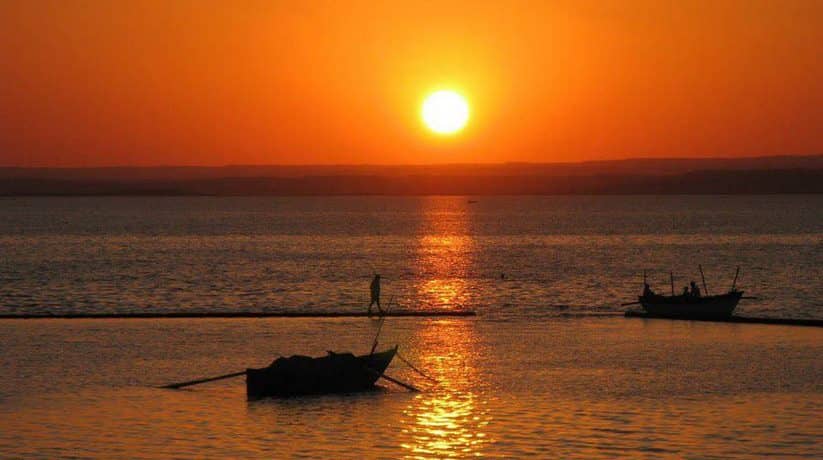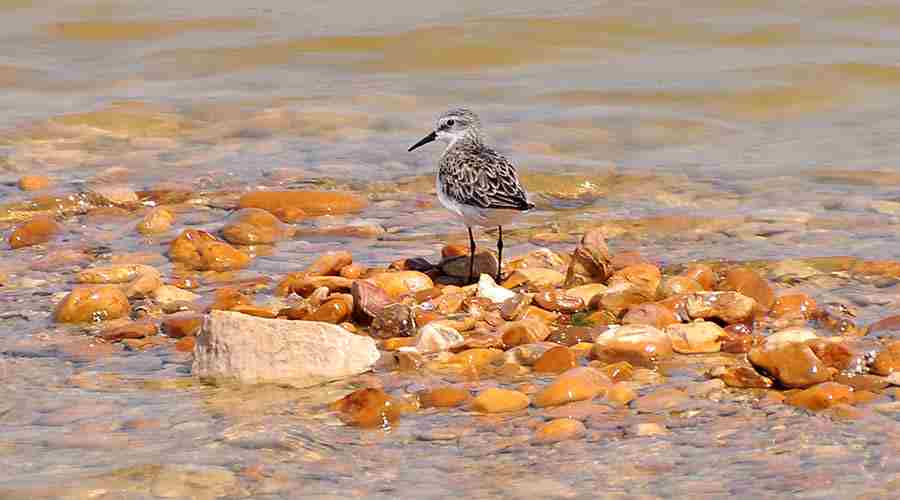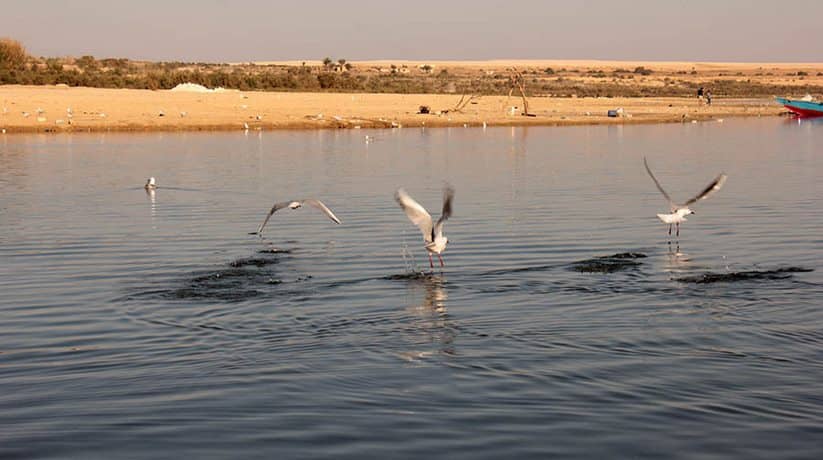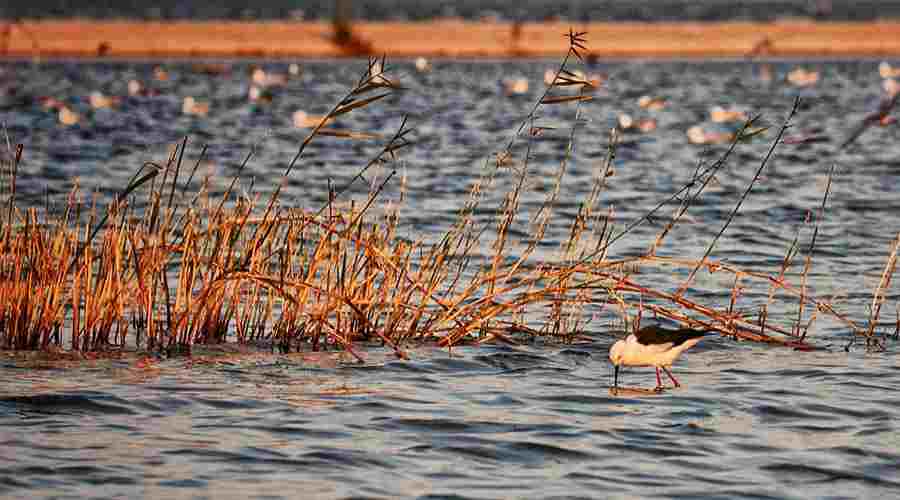Qarun Lake Fayoum Egypt tours, prices, booking, reviews
Qarun Lake Fayoum Egypt also called Birket Qarun, Qaroun Lake and Moeris Lake. In fact, Qarun Lake is an ancient lake in the northwest of the Fayoum Oasis. It is 80 km (50 mile) southwest of Cairo, Egypt. The lake persists in modern times as a smaller lake called Birket Qarun. The lake’s surface is 43 m (140 feet ) below sea level. Moreover, it covers about 202 square kilometers (78 sq mile). The lake was freshwater in prehistory, but is today a saltwater lake. It is a source for tilapia and other fish from the local area. In fact, its area is between 1,270 km² (490 mi²) and 1,700 km² (656 mi²).
In fact, Mediterranean Sea was a hot dry hollow near the end of the Messinian Salinity Crisis. It was in the late Miocene. In that time, Fayoum was a dry hollow. Furthermore, the Nile flowed past it at the bottom of a canyon. After the Mediterranean re flooded, the Nile canyon became an arm of the sea. It reached inland further than Aswan. In fact, it was at the end of the Miocene. Over geological time that sea arm gradually filled with silt and became the Nile Valley.
Further details about Qarun Lake Fayoum Egypt:
Eventually, the Nile Valley bed silted up high enough. It was to let the Nile in flood overflow into the Fayoum hollow and make a lake in it. Qarun lake Fayoum is first which recorded from about 3000 BC. In fact, it was around the time of Menes (Narmer). However, for the most part it only filled with high flood waters. In fact, the lake bordered by neolithic settlements. The town of Crocodilopolis grew up on the south where the higher ground created a ridge. In 2300 BC, the waterway from the Nile to the natural lake widened and. Furthermore, it deepened to make a canal which now known as the Bahr Yussef. This project started by Amenemhat III, or perhaps by his father Senusret III.
In fact, this canal fed into the lake. It was to serve three purposes. The first one was to control the flooding of the Nile. The second purpose was to regulate the water level of the Nile during dry seasons. The last one was to serve the surrounding area with irrigation. The ancient Egyptian pharaohs of the twelfth dynasty used the natural lake of as a reservoir. It was to store surpluses of water for use during the dry periods. The immense waterworks undertaken by the ancient Egyptian pharaohs of the twelfth dynasty. It was to transform the lake into a huge water reservoir. In fact, it gave the impression that the lake was an artificial excavation. This reported by classic geographers and travelers. The lake eventually abandoned due to the nearest branch of the Nile shrinking from 230 BC.
















